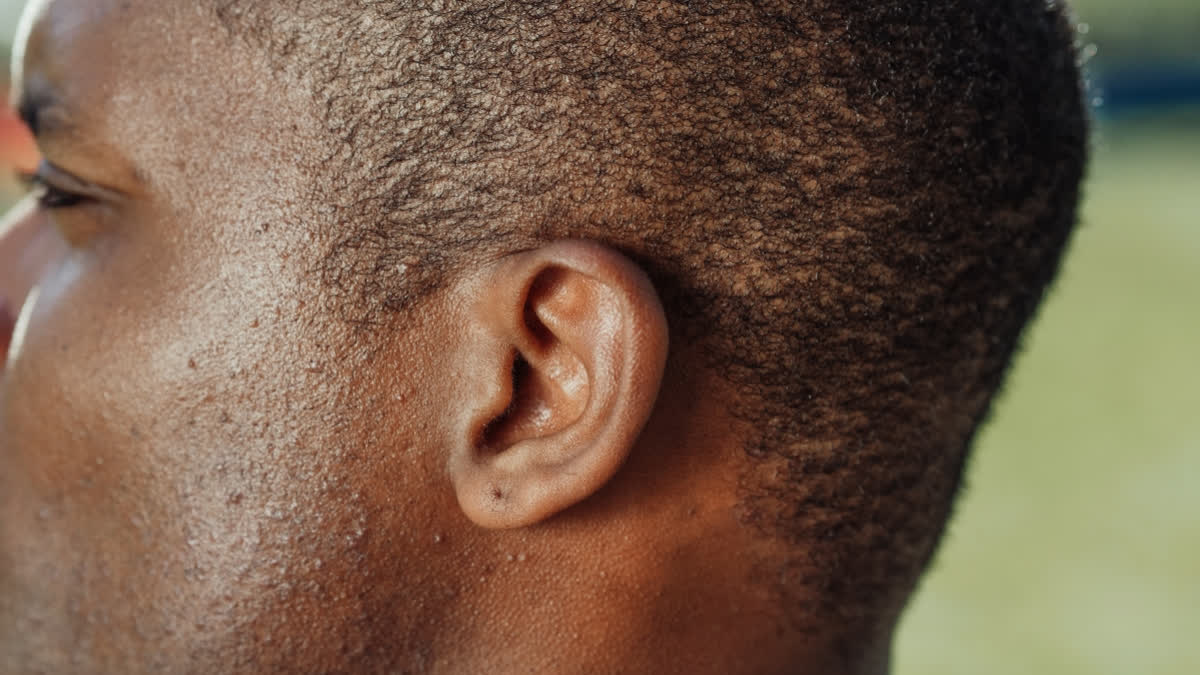Osaka [Japan]: A person's hearing and balance may be impacted by a number of issues and difficulties brought on by persistent middle ear inflammation. A common issue is the development of cholesteatomas, which are aberrant ear collections of cells that, if addressed, can lead to bone erosion. Consequently, this may result in symptoms including vertigo, facial paralysis, hearing loss, and even brain infection. In a study published recently in Nature Communications, researchers from Osaka University have revealed the cause of cholesteatomas, which may help in developing new therapies for patients who are suffering from this disease.
Cholesteatomas are made up of cysts or bumps in the ear that consist of skin, collagen fibers, skin cells, fibroblasts, keratin, and dead tissue. There are many theories on how these cholesteatomas can cause bone erosion, including the activation of cells responsible for the breakdown of the minerals and matrix of the bone, the presence of inflammatory markers and enzymes, and the accumulation and pressure from dead cells and tissues in the ear; however, the exact mechanism for the creation of cholesteatomas remains unknown.
